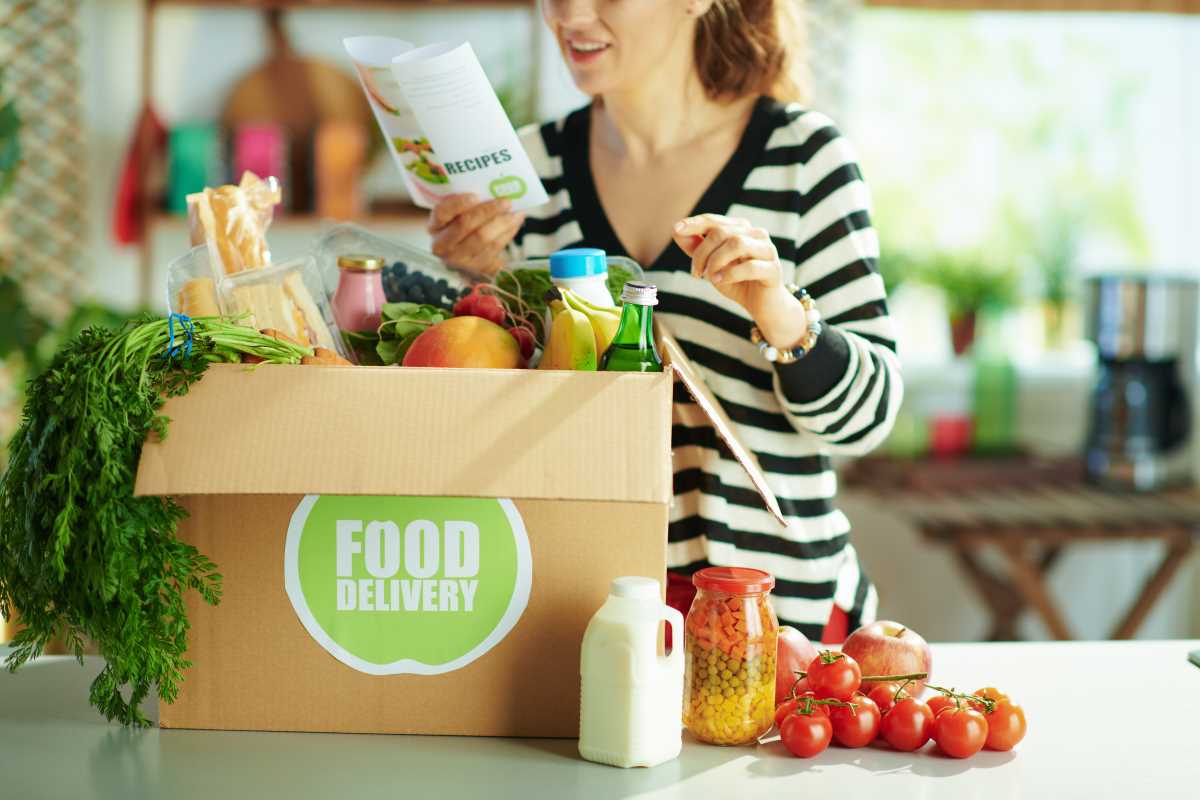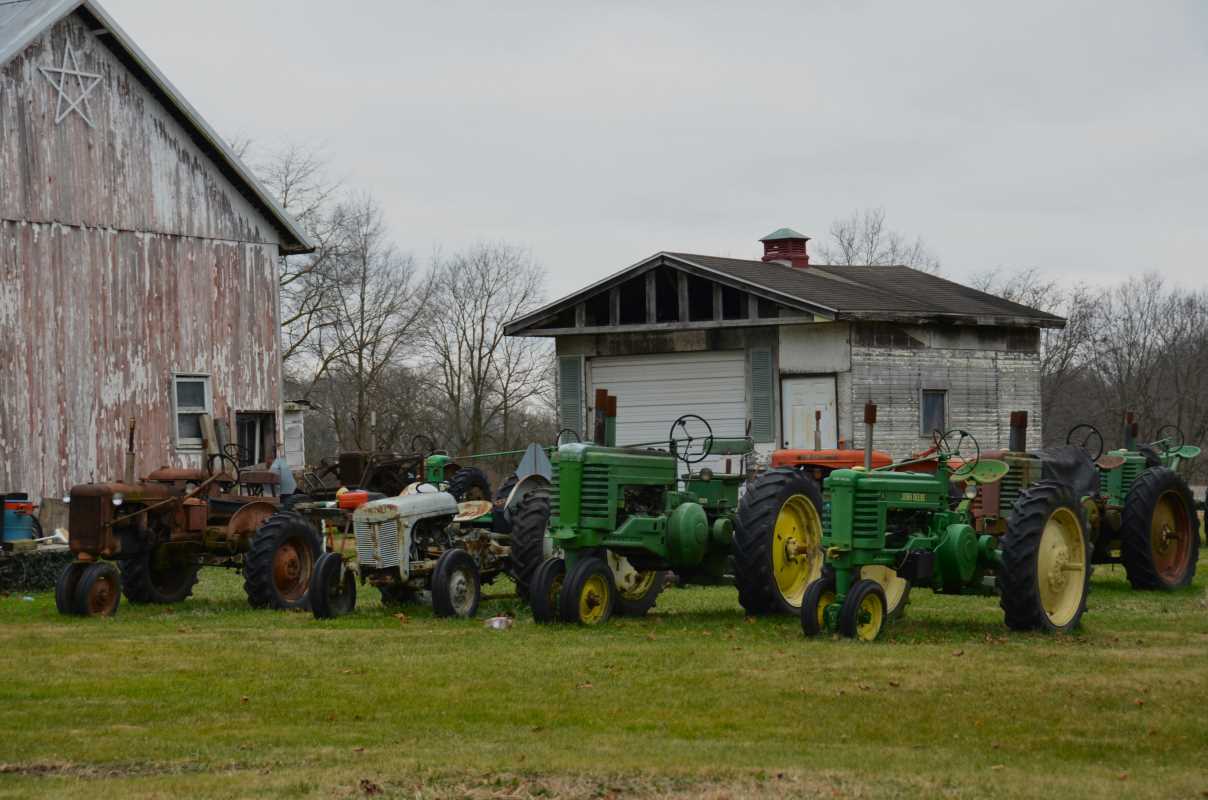Many landowners harvest fruits, vegetables, grains, or herbs only to see them sold at basic commodity prices. Turning these crops into artisanal products opens doors to greater profits and allows you to reach customers who appreciate quality and unique offerings. Your knowledge of your land’s soil and climate gives you a strong foundation. When you process each harvest into a specialty item, you add value and create something that reflects the character of your farm. With every jar, bottle, or package you create, you tell a story that resonates with buyers and helps your goods stand out in a crowded market.
Adding flair, functionality or flavor to what you grow brings fresh momentum. From herb-infused oils to small-batch preserves, these techniques highlight your land’s bounty and open doors to local shops, farmers markets or online storefronts.
Discovering the Hidden Potential of Your Land
Every crop has a story waiting to be told. Pressing grapes into rosé-inspired vinegar or distilling aromatic botanicals from wild herbs shifts perception from bulk produce to curated experiences. Customers pay more when they see craftsmanship and provenance.
Using simple equipment—like a tabletop press or immersion circulator—alongside seasonal yields allows you to experiment without heavy investment. This low barrier to entry encourages repeated trials: tweak spice blends in small batches, modify pressing times or test flavor infusions until you perfect a signature variation.
Market these items as small-lot, land-specific products to emphasize their origin story. Shoppers already prefer “local” or “artisan.” By framing your goods around a distinct terroir and transparent process, you create a premium spot on crowded shelves.
Get More Value with Smart Packaging
Distinctive packaging turns logistics into a visual appeal. Using stand-up pouches, amber glass bottles or reusable tins highlights your products—jams, oils, spice blends—and reinforces quality while keeping freshness. Thoughtful design adds perceived value.
Labels that tell a story—soil type, harvest date and brief tasting notes—encourage repeat buyers curious about seasonal twists. Well-designed packaging also extends shelf life, reduces waste and allows distribution beyond local markets. Bulk ingredients become gift-ready products.
Practical Ideas to Add Value for Every Harvest
- Infused Herb Oil
- Purpose: gourmet finishing oil with higher per-ounce value than raw herbs.
- Steps:
- Pick fresh sprigs.
- Sanitize bottles, air-dry herbs.
- Warm oil to 120°F, pour over herbs, seal.
- Store in cool, dark place for two weeks.
- Strain and relabel.
- Cost: bottles $1–$2 each; herbs grown locally at negligible cost.
- Insider tip: toast herbs lightly before infusion to deepen flavor.
- Hot Pepper Paste
- Benefit: taps into the spicy-food market with a shelf-stable condiment.
- Steps:
- Roast or parboil peppers.
- Blend with garlic, salt, vinegar.
- Simmer for five minutes.
- Pour hot into sterilized jars.
- Label with heat-rating scale.
- Profit: ~4 oz profit per pint jar above ingredient costs.
- Insider tip: blend multiple pepper varieties for unique heat profiles.
- Sun-Dried Tomato Pesto
- Purpose: extend tomato harvest into year-round sales.
- Steps:
- Slice firm tomatoes, dry on racks with fans.
- Dry until leathery, not brittle.
- Blend with toasted nuts, garlic, and oil.
- Adjust seasoning with salt and lemon.
- Bottle under nitrogen flush or add preservative.
- Cost-effective: racks built for under $50.
- Insider tip: add smoked paprika for depth and uniqueness.
- Herbal Body Scrub
- Benefit: expand beyond food into wellness products.
- Steps:
- Grind dried petals (lavender, mint, calendula).
- Mix with coarse salt or sugar.
- Add fractionated coconut oil + essential oils.
- Spoon into jars and seal.
- Heat-seal lids for freshness.
- Cost: salts $0.20/oz; jars $0.50 each.
- Insider tip: print usage instructions inside lid for a professional touch.
- Fruit Leather Strips
- Purpose: healthy portable snack for families.
- Steps:
- Steam and purée fruit.
- Spread thinly on nonstick trays.
- Dehydrate at 135°F until tacky.
- Cut into strips.
- Seal in moisture-barrier pouches.
- Yield: ~6 strips per pound of fruit.
- Insider tip: dust with lemon zest for a subtle zing.
Turning Harvests Into Higher-Value Products
Each of these methods shows how simple adjustments—like infusion, dehydration or blending—can unlock new price points. You don’t need large facilities; start with countertop devices and expand as demand grows.
Brand your products around craftsmanship and clear origin to elevate your farm from a bulk commodity source to a recognized artisan maker. Both local buyers and online shoppers value traceability, so highlight every step—from harvest to jar—in your marketing materials.
These straightforward approaches require modest upfront costs but generate higher-margin sales. As you refine recipes, packaging and stories, your land’s harvest transforms into a curated selection of signature products that stand out in busy markets.
Value-added processes boost profits and strengthen customer relationships seeking authenticity. Adapt these ideas to your unique conditions and increase your seasonal income.
 (Image source: Midjourney)
(Image source: Midjourney) 





